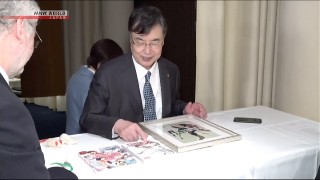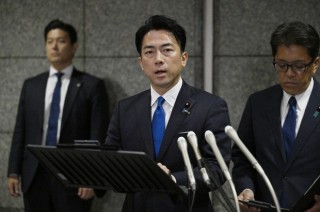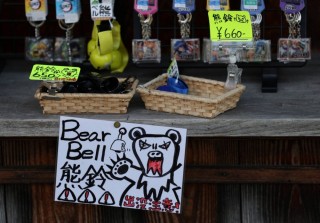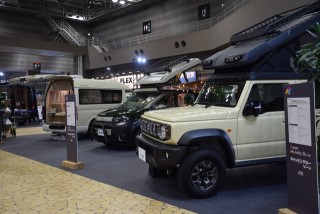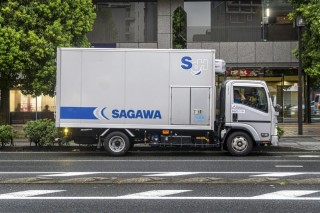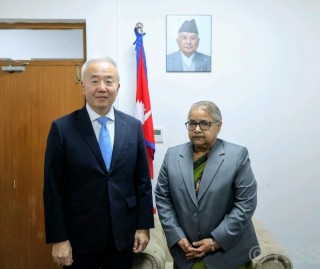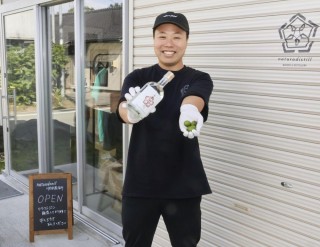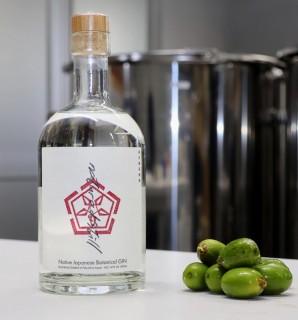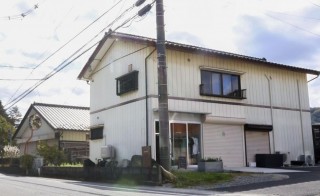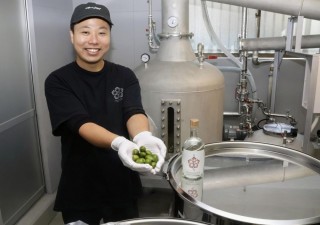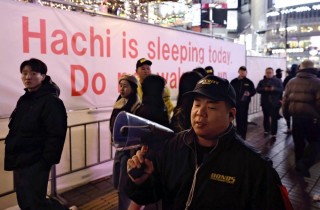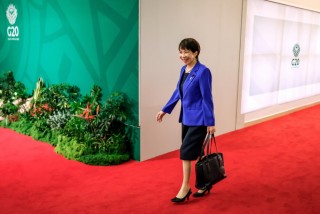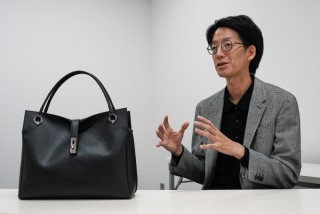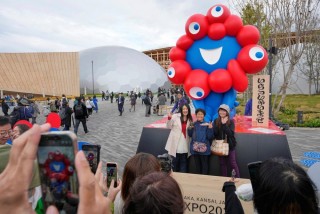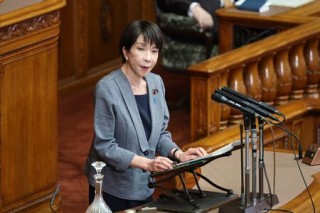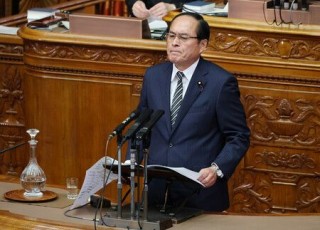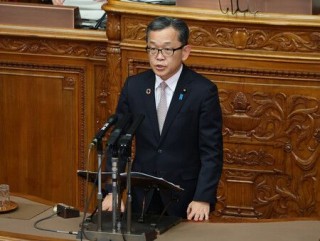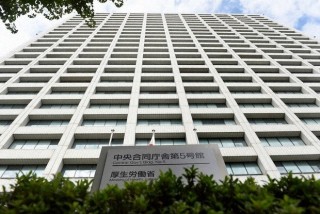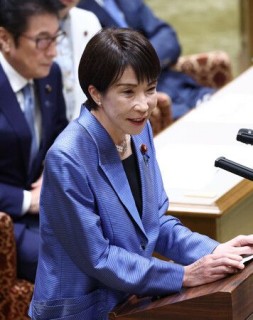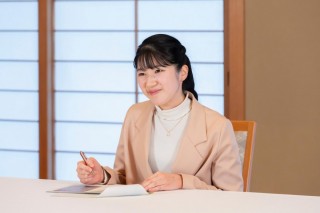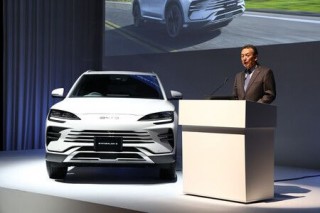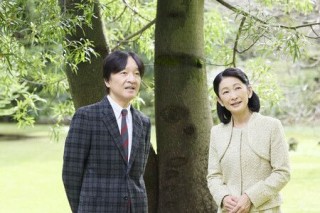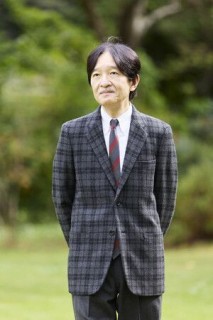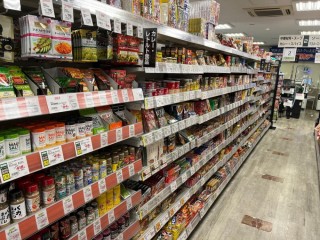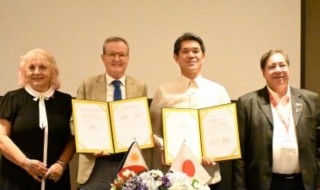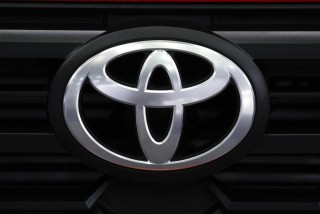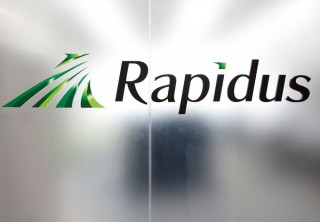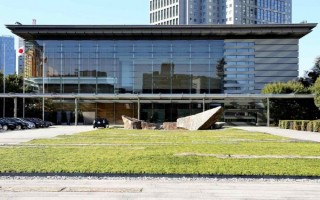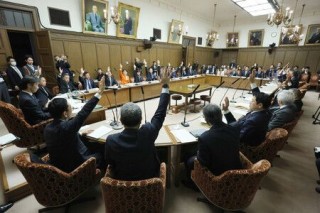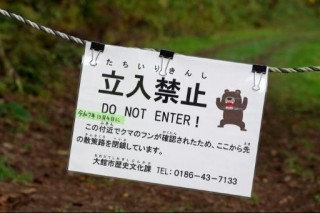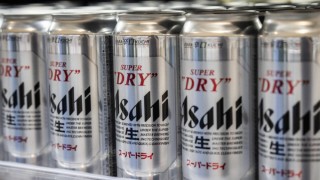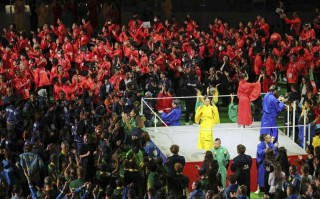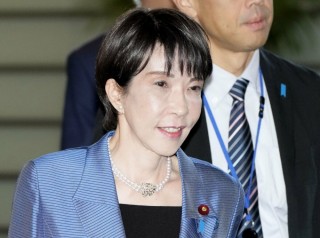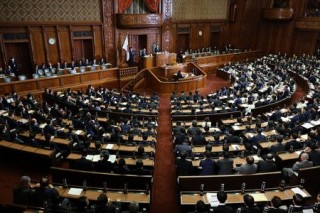The pledge by Japan's Prime Minister Sanae Takaichi to “work, work, work, work and work” for her country has been named the catchphrase of the year.
The ultraconservative Takaichi uttered the phase in October when she was elected as head of the ruling Liberal Democratic Party. Many were initially as worried about her work ethic as supportive of her enthusiasm.
Accepting her award from a private committee this week, Takaichi said she only wanted to stress her enthusiasm and that her comments had been somewhat misinterpreted.
“I have no intention of encouraging other people to overwork, or suggesting long working hours as a virtue,” Takaichi said. “I hope there is no misunderstanding.”
Since taking office in late October as the nation's first female prime minister, Takaichi has also captured public attention for her fashion, with women scrambling to copy her style.
But while her dress sense has won admiration from younger women who say they are “Sana-katsu,” or rooting for Sanae, it is unclear if her hard-line conservative policies will win the same praise.
Takaichi is looking to regain right-wing supporters after the LDP’s big election losses under her moderate predecessor Shigeru Ishiba.
During her speech to party members Oct. 4 she promised an all-out effort to rebuild the struggling party and regain public support, urging lawmakers to “work like a horse.” Then she added: “I will abandon the idea of a ‘work-life balance’ — I will work, work, work, work and work.”
Repeating the word “work” in a low, determined voice left a strong impression at the time.
Hard work — and then a hot tub
Takaichi’s apparent long working hours and lack of sleep have worried fellow lawmakers. She held a meeting with aides at 3 a.m. before the first day of parliament Nov 7, though she hasn’t started that early since.
“I sleep about two hours now, four hours at the longest,” Takaichi, who also provides care for her husband who is recovering from a stroke, told MPs at a budget committee meeting last month. “It’s probably bad for my skin.”
She says she likes to soak in a hot tub in the morning and at night to relax. ”That’s my blissful time,” she said.
Her style-icon status has been boosted by her black bag, dubbed a “Sanae Bag," which is officially called the Grace Delight Tote. It is made by Hamano Inc., a 145-year old bagmaker based in Tokyo.
Priced at 136,400 yen, the simple leather bag is just large enough to fit A4-sized papers. It is selling the best since its debut 30 years ago, according to the company.
Takaichi was carrying the bag as she walked into the prime minister's office on Oct. 21, and the scene immediately caused a sensation on social media.
Hamano spokesperson Takanori Kobayashi said his company is delighted to see Japan's first female prime minister carrying the bag.
Within days, inquiries and orders for the bag surged, and all eight colors have sold out. The bag, which is carefully made of high quality leather, cannot be mass-produced, and those who ordered it now have to wait until August, Kobayashi says.
Another popular item is a sparkly light-pink pen Takaichi uses to take notes; it's Mitsubishi Pencil Co.’s Jetstream 4&1.
The pen, the "Sanae Takaichi model,” is often out of stock at stores and internet shopping sites. Those who have found one often proudly post photos with a message: “Matching Sanae.”

Style icon, but no feminist
The attention Takaichi is receiving is usually reserved for pop stars, athletes and influencers in Japan who fans have access to only through television or the internet.
The prime minister's fans show their loyalty by buying the same bag and pen she uses, just as fans of star athletes like Shohei Ohtani buy replicas of his uniform to cheer on the Dodgers, experts say.
Takaichi has won admiration as a new type of role model for women who have not usually rooted for prime ministers in the past, says Namiko Kubo-Kawai, a psychology professor at Nagoya Shukutoku University.
In Japan, many female role models typically were supported for their femininity, but Takaichi is unique as a high-powered politician. Her short haircut and no-frills workwear also stand out from conventional female models.
She may not inspire many feminists, however. Takaichi is a staunch conservative who champions Japan’s traditional gender and paternalistic values. She has supported keeping the succession of Japan’s monarchy male only. She also opposes changing a 19th-century law that would allow married couples the option of keeping separate surnames.
Sill, as the first female prime minister, “she fits perfectly as a stylish role model and has won admiration from many women who have been looking for one even though they probably have never thought of rooting for a prime minister," Kubo-Kawai said. “Female role models are becoming more diverse."

